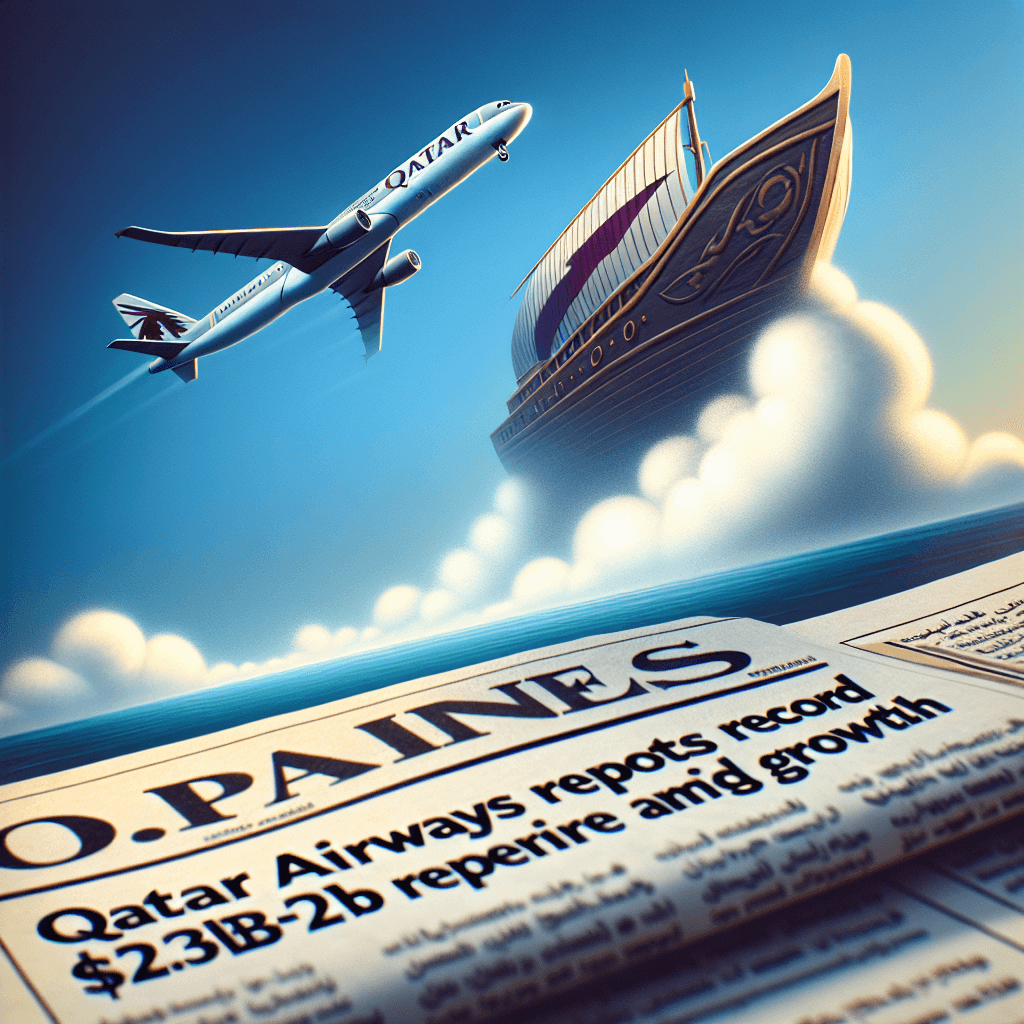Qatar Airways Reports Record $23.4B Revenue Amid Growth

Financial Highlights
The Qatar Airways Group reported consolidated revenues of $23.4 billion (€21.5 billion) in the fiscal year ended 31 March 2024, up 5.8% from $22.1 billion (€20.3 billion) a year earlier. In the prior period, the carrier posted net profit of $1.6 billion (€1.47 billion). The stronger top line reflects robust passenger demand, expanded cargo operations and ancillary income from Qatar Duty Free.
Badr Mohammed al-Meer, Group CEO, said: “These record-breaking results are a testament to the hard work, skill and dedication of teams across all of Qatar Airways Group.”
Passenger Traffic and Fleet Composition
- Passengers carried: 43.1 million, up from 40 million in FY 2022–23.
- Load factor: 78%, a 3-point improvement year-on-year, driven by yield management and dynamic pricing algorithms.
- Fleet size: 232 aircraft—including 87 Airbus A350s, 25 Boeing 787 Dreamliners, 19 A380s and a mix of A320/A321 narrow-bodies and Boeing 777s.
Cargo Division Performance
Qatar Airways Cargo contributed 12% of group revenues. In FY 2023–24, the division transported 2.3 million tonnes, supported by state-of-the-art freighters such as Boeing 777Fs with a 102 tonne payload and 4,970 nm range. Cold-chain shipments for pharmaceuticals and perishables saw a 15% uptick, leveraging real-time track-and-trace and temperature-controlled containers.
Network Expansion and Fleet Modernization
Positioned as a key East-West hub, Qatar Airways now serves 170 destinations across six continents. The airline has 50 aircraft on order, including 30 Airbus A321XLRs to open medium-haul markets and 20 Boeing 777X for ultra-long-range routes. Technical specifications of the A321XLR—2,700 nm range and 30% lower fuel burn per seat—will enable point-to-point links between secondary European and Asian cities.
Market Dynamics and Competitive Landscape
As one of the “Big Three” Gulf carriers alongside Emirates and Etihad, Qatar Airways continues to refine its hub-and-spoke model. Industry consultancy CAPA projects Gulf carriers’ share of global long-haul seats will rise to 14% by 2027. Qatar’s fuel-hedging programme covers roughly 60% of expected consumption at an average $70/bl, insulating margins from Brent volatility through 2025.
Regulatory, Environmental and Strategic Outlook
Qatar has committed to net-zero carbon operations by 2050, aligning with IATA’s sustainability roadmap. The carrier is trialing 50% Sustainable Aviation Fuel blends on selected A350 flights and collaborating with startups on hydrogen propulsion. Regulatory headwinds include stricter EU ETS compliance and noise-abatement procedures at European hubs.
Expert Opinions
- John Strickland, aviation analyst at JLS Consulting: “Qatar’s diverse fleet mix and heavy investment in next-gen aircraft positions it well for both long-haul density and flexible mid-range markets.”
- Rohit Talwar, futurist and founder of Fast Future: “Digital innovations—AI-driven crew rostering and customer personalization—will be the next lever for Gulf carriers to enhance yield and loyalty.”